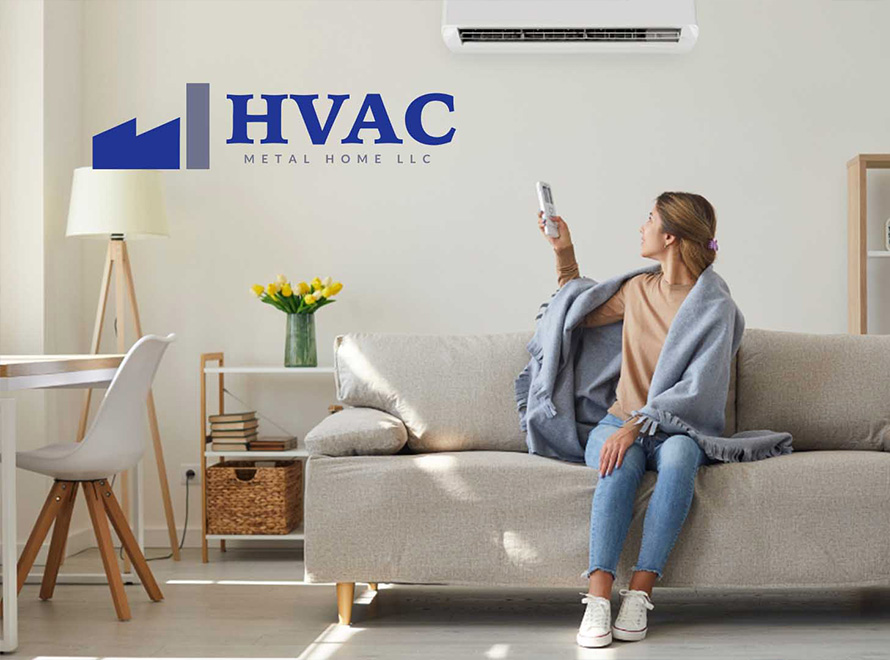Understanding the Lifespan of Ductwork
Ductwork is a critical component of HVAC systems, responsible for distributing heated or cooled air throughout residential and commercial buildings in New Jersey. The lifespan of ductwork can vary depending on factors such as material quality, installation techniques, and environmental conditions. On average, traditional ductwork made of materials like sheet metal or flexible ducting may last anywhere from 10 to 25 years before requiring replacement.
Factors Influencing Ductwork Lifespan
1. **Material Quality:** The type of material used in ductwork significantly impacts its longevity. Traditional duct materials such as galvanized steel, aluminum, or fiberglass may degrade over time due to corrosion, wear, or tear, leading to leaks, inefficiencies, and air quality issues.
2. **Installation Quality:** Proper installation is crucial for maximizing the lifespan of ductwork. Poorly installed ducts with improper sealing, inadequate support, or incorrect sizing are more prone to damage and performance issues, necessitating premature replacement.
3. **Environmental Factors:** New Jersey’s climate and environmental conditions can also affect the lifespan of ductwork. Exposure to moisture, temperature fluctuations, and humidity levels can accelerate deterioration, particularly in ducts located in unconditioned spaces such as attics, crawlspaces, or basements.
4. **Usage and Maintenance:** Regular maintenance and cleaning play a vital role in preserving ductwork integrity and performance. Neglected ducts can accumulate dust, debris, and contaminants, leading to airflow restrictions, mold growth, and potential health hazards. Proper maintenance can extend the lifespan of ductwork and minimize the need for premature replacement.
Signs It’s Time to Replace Ductwork
1. **Visible Damage:** Inspect ductwork for visible signs of damage such as rust, corrosion, dents, or tears. Damaged ducts can compromise airflow, reduce energy efficiency, and negatively impact indoor air quality, indicating the need for replacement.
2. **Air Leaks:** Air leaks in ductwork can result in wasted energy, uneven heating or cooling, and increased utility bills. Conduct a visual inspection or schedule a professional ductwork assessment to identify and seal any leaks. If duct sealing proves ineffective due to extensive damage, replacement may be necessary.
3. **Poor Indoor Air Quality:** Ductwork contaminated with mold, mildew, or allergens can contribute to poor indoor air quality and respiratory issues. If occupants experience frequent allergy symptoms, respiratory discomfort, or musty odors, it may indicate ductwork contamination and necessitate replacement.
4. **Inefficient HVAC Performance:** Noticeable fluctuations in indoor temperature, reduced airflow, or increased energy consumption are common indicators of ductwork problems. Aging or deteriorating ducts can impede HVAC system performance, leading to inconsistent comfort levels and higher operating costs.
Upgrading to HVAC Metal Ducts
Considering the limitations and drawbacks of traditional duct materials, many homeowners and businesses in New Jersey are opting to upgrade to HVAC metal ducts for superior durability, efficiency, and performance. HVAC metal ducts, constructed from materials like galvanized steel or aluminum, offer several advantages over conventional ductwork:
– **Longevity:** HVAC metal ducts have a longer lifespan compared to traditional duct materials, reducing the frequency of replacements and maintenance requirements.
– **Enhanced Performance:** Metal ducts provide smoother airflow, minimal leakage, and improved thermal insulation, resulting in more efficient HVAC system operation and consistent indoor comfort.
– **Resilience:** Metal ducts are resistant to corrosion, mold, pests, and fire, making them ideal for New Jersey’s diverse climate and environmental conditions.
– **Customization:** HVAC metal ducts can be customized to fit specific design requirements, space constraints, and HVAC system configurations, ensuring optimal performance and aesthetics.
By investing in HVAC metal ducts, property owners can enjoy long-term reliability, energy savings, and peace of mind, knowing their HVAC systems are equipped with durable and efficient ductwork solutions tailored to New Jersey’s unique needs and challenges.
Conclusion
Understanding the lifespan of ductwork and recognizing the signs of deterioration are essential for maintaining optimal HVAC system performance and indoor comfort in New Jersey. By addressing ductwork issues promptly and considering upgrades to HVAC metal ducts, property owners can prolong the lifespan of their HVAC systems, improve energy efficiency, and enhance indoor air quality for years to come. For comprehensive ductwork assessments, replacements, and upgrades, trust HVAC Metal Home to deliver quality solutions and expert services tailored to your needs and budget.



